On Saturday morning, a very large and heavy parcel arrived. It contained the five-part catalogue of the Cathedral Treasury of Halberstadt. In the making since 2011, they are now finally out in the open. As the books can only be bought as a set, it is quite a financial outlay. In addition, the books are written in German. So, you might like a book review to help you decide whether to start eating peanut butter-jelly sandwiches for a while and save up. Spoiler alert: start making those sandwiches!

This museum catalogue is a collaboration between several institutions. The most important partner to us, embroiderers and textile enthusiasts, is the Abegg Stiftung in Riggisberg, Switzerland. In the past, they have published similar catalogues for the textiles of Brandenburg Cathedral, the textiles of the Black Church in Brașov, the mitres of the High Middle Ages and their own medieval textiles collection. If you have been following this blog for a while, you probably know that I consider these books the gold standard in textile publications. This latest addition on the textiles of Halberstadt Cathedral is no exception.
So, what do these five books contain? The first book deals with the chasubles and chasuble crosses. The second book elaborates on the dalmatics, the copes and the loose cope orphreys and orphrey panels. The third book has the cingula, amicts, maniples, stola, mitra, pontifical gloves, a buskin, pontifical shoes, panniselli, grave finds, pyxes, corporal holders, linen cloths, pallia, chalice veils, and humeral veils. The fourth book deals with the Lenten veil, embroidered linen cloth, altar cloths and bands, antependia, lectern cloths, banners, tapestries, clothing for statues, votive cloths, and other textiles. The last volume contains loose strips and fabrics as well as textiles used to wrap reliquaries. This volume also contains five essays on particular parts of the collection.
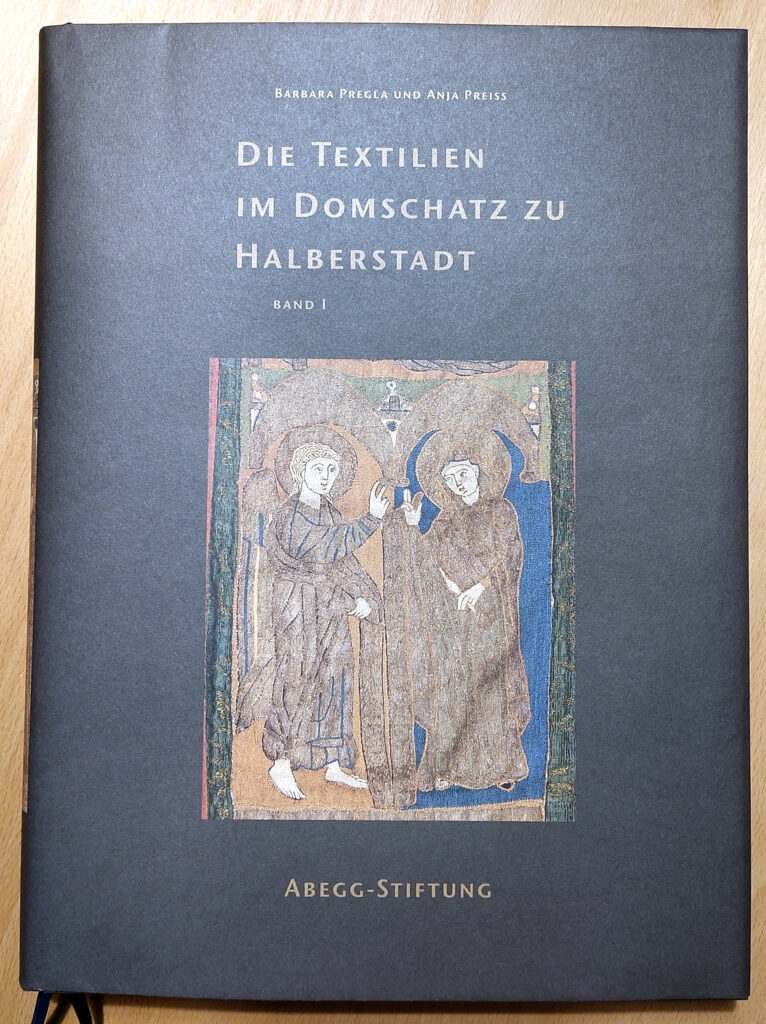
As you can see from the above content summary, the Cathedral Treasury of Halberstadt is quite large. In fact, it is the largest Cathedral Treasury outside of the Vatican. There are 400 inventory numbers for the textile part alone! And since not all of these pieces can be on permanent display, nor can all textile enthusiasts visit the collection in person, this five-part catalogue is of enormous importance. It will serve as the standard for discussing medieval textiles in other collections. It is therefore a real shame that the catalogue is entirely in German. Your German needs to be close to that of a native speaker if you want to understand all the specialised language used to describe these textiles scientifically. Translation apps are only getting you so far.
Since the books arrived on Saturday, I have started slowly reading my way through them. I enjoyed reading about the history of the textile part of the Cathedral Treasury. It is quite remarkable that the textiles have survived. And this is partly due to the uniquely mixed and tolerant constellation of the Cathedral Chapter after the Reformation.
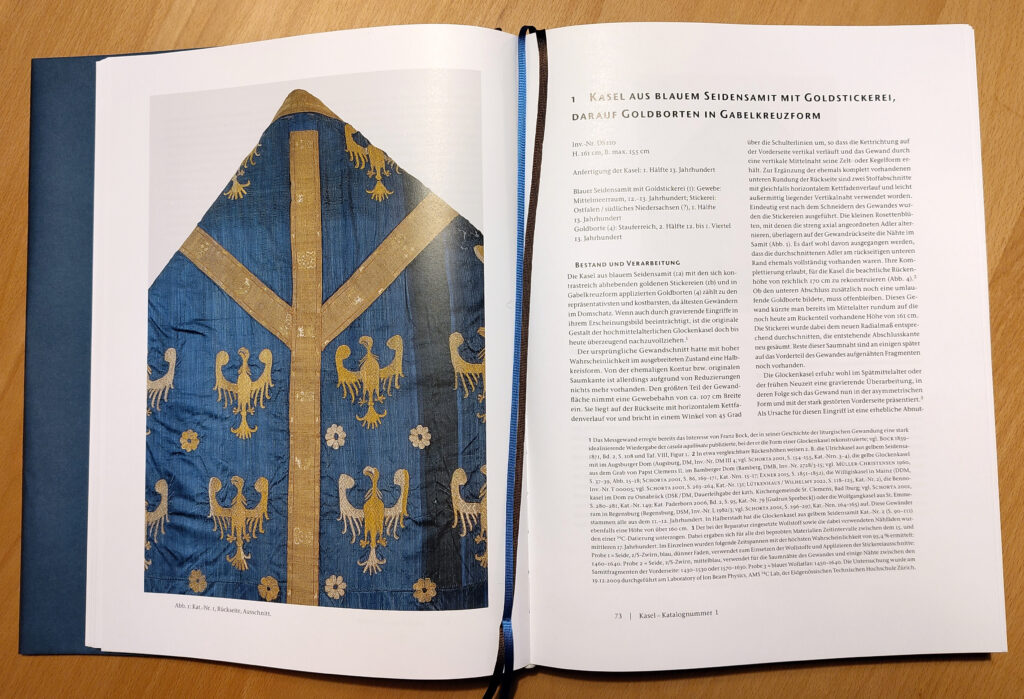
I also read the first catalogue entry. It describes the oldest chasuble in the collection: a blue samite chasuble with gold-embroidered eagles and rosettes dating to the first half of the 13th century. The chasuble and its embroidery are thoroughly described on 17 pages. The materials are described in great detail, and the measurements of the embroidery are given. All those things that we like! But you are also immediately reminded that the writers, Dr Barbara Pregla and Dr Anja Preiss, are not embroiderers and did probably not consult modern goldwork embroiderers.
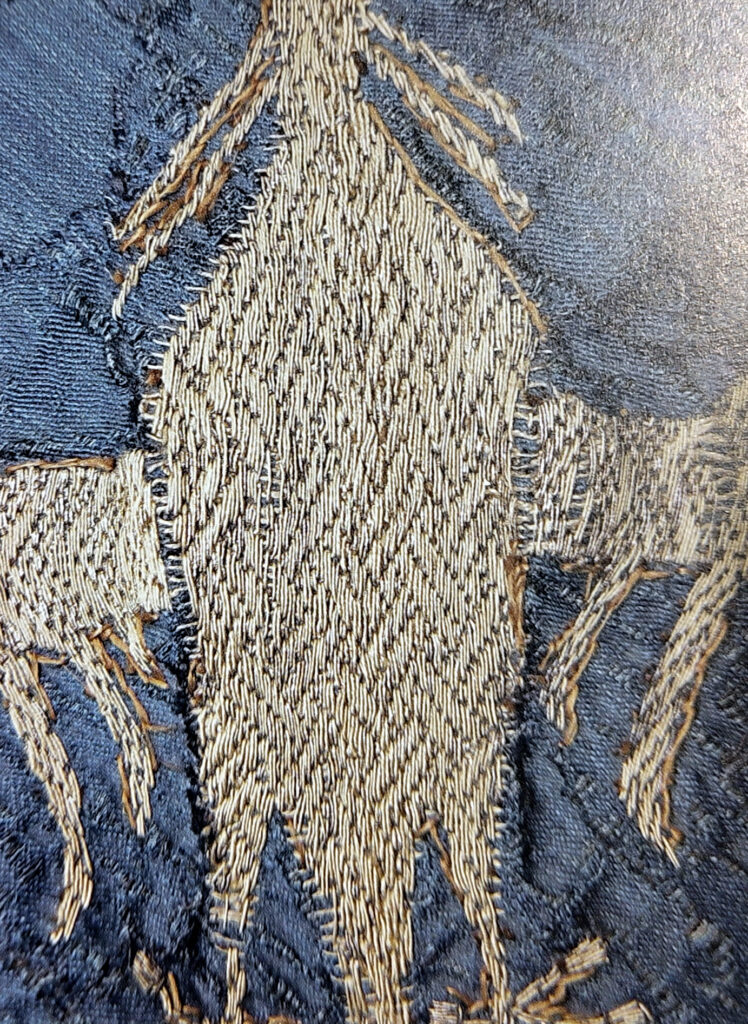
The goldwork embroidery on this particular chasuble is unique. It uses underside-couched diaper patterns, directly stitched onto the samite. There’s no linen support underneath. To accurately stitch the diaper pattern, the embroiderers laid thin parallel linen thread guidelines, not as a padding, but purely to help them make the pattern. This technique is unknown in Western goldwork embroidery. However, it is standard practice in Orthodox embroidery. And although the writers identify another piece that uses the same technique—the so-called Hedwig chasuble from the Cistercian Monastery of Heinrichau in Silesia (further east)—they propose Eastphalia/Southern Lower Saxony as its origin. Interestingly, they do cite Leonie von Wilckens, who saw “certain eastern, orthodox Christian stylistic influences” in the iconography of the Hedwig chasuble. We, as embroiderers, can support this by pointing out that the technique with the stitched guidelines is distinctly Eastern!
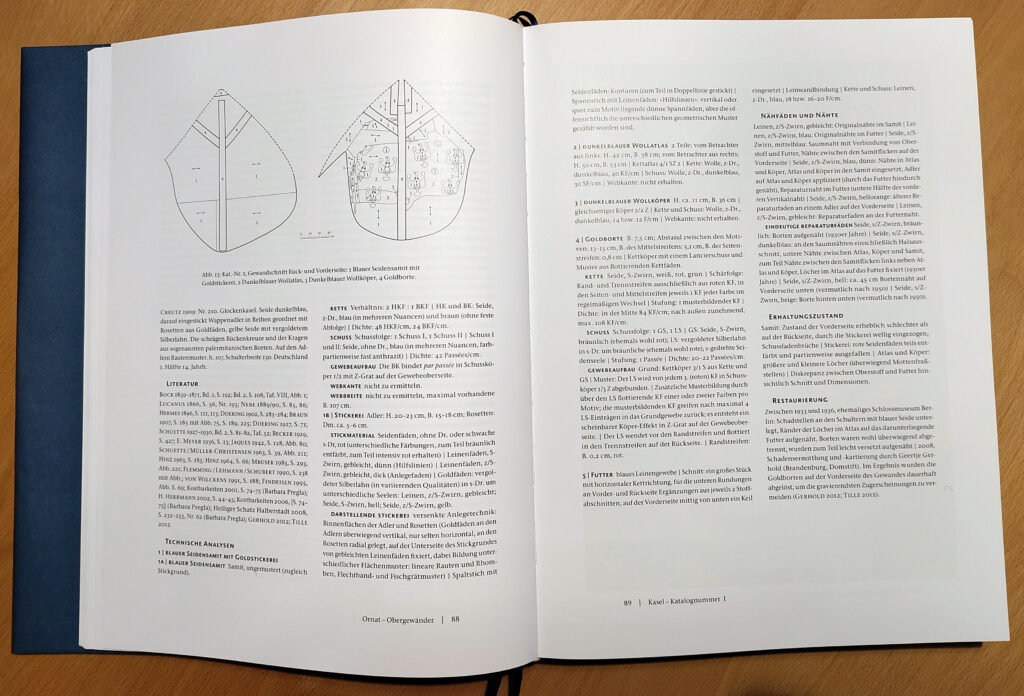
To sum up this book review: yes, you probably should get these books if you are interested in medieval goldwork embroidery or medieval textiles in general. However, since these books are not cheap, you might want to try getting them through a library. Especially when you have difficulty reading German. If you decide to get the books, contact the Abegg Stiftung before putting in an official order. Due to the taxes and tariffs, they have arranged a specialist company in Germany to ship to non-Swiss addresses. My books have cost CHF 475, plus CHF 20 for shipping and handling. No additional taxes paid. That’s €555, including bank fees. Not bad at all!
Literatur
Pregla, B. & A. Preiss, 2025. Die Textilien im Domschatz zu Halberstadt. Abegg-Stiftung, Riggisberg.
Wilckens, L. von, 1995. Byzantinische, griechische, sizilische, italienische und andere Stickereien des 12. und 13. Jahrhunderts. In: B. Borkopp, B. Schellewald & L. Theis, Studien zur byzantinischen Kunstgeschichte. Festschrift für Horst Hallensleben zum 65. Geburtstag, Amsterdam, pp. 279-285.
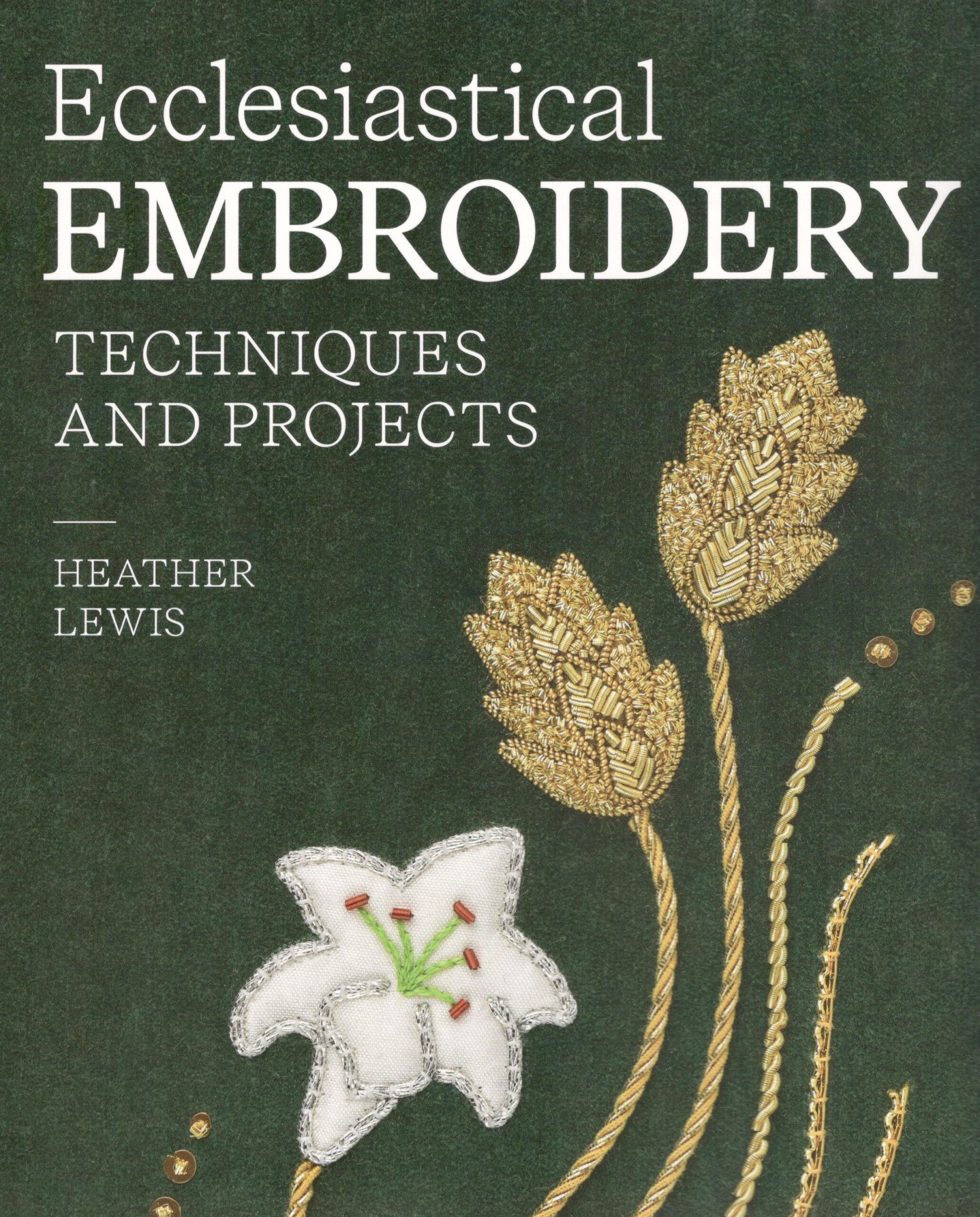
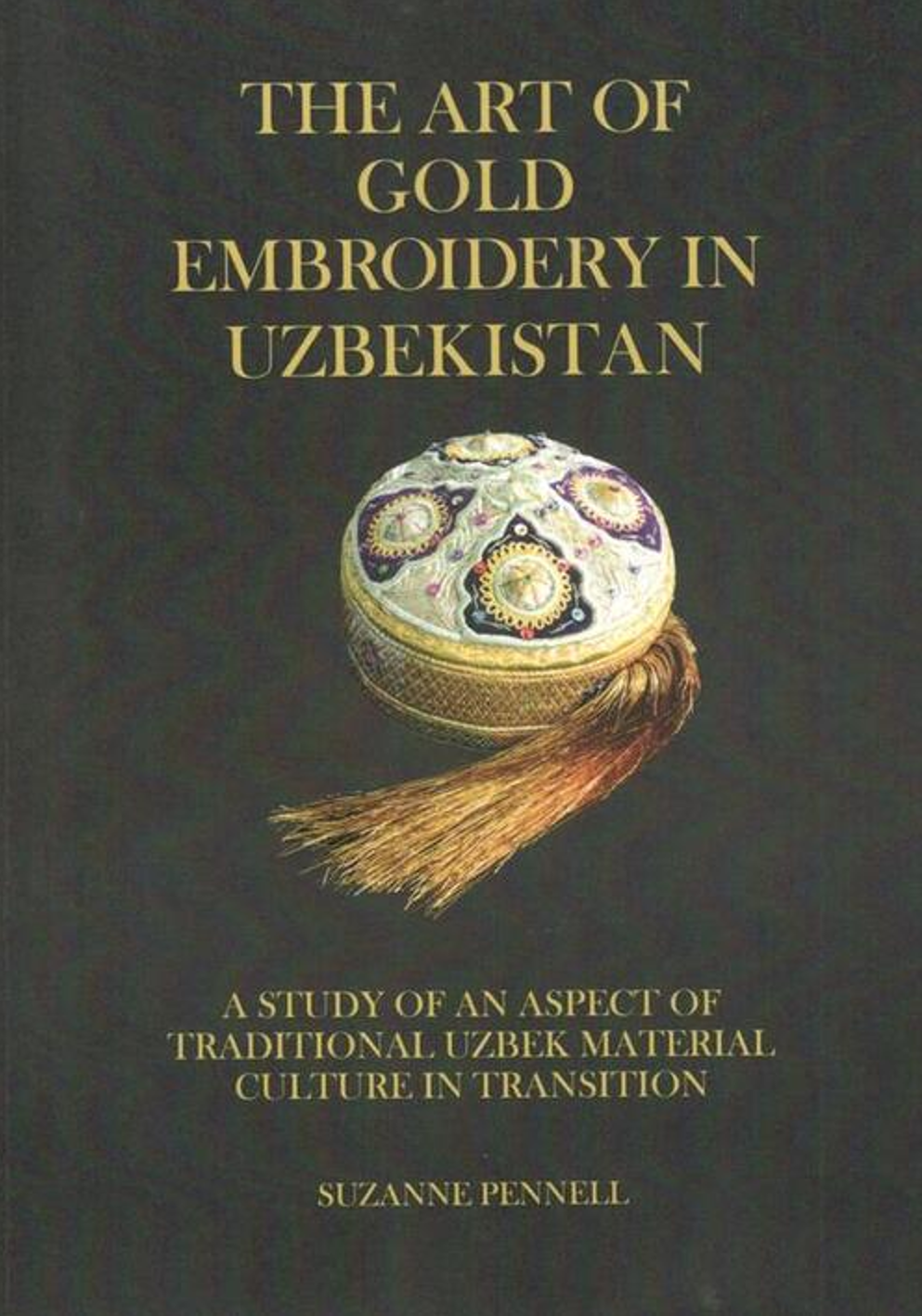
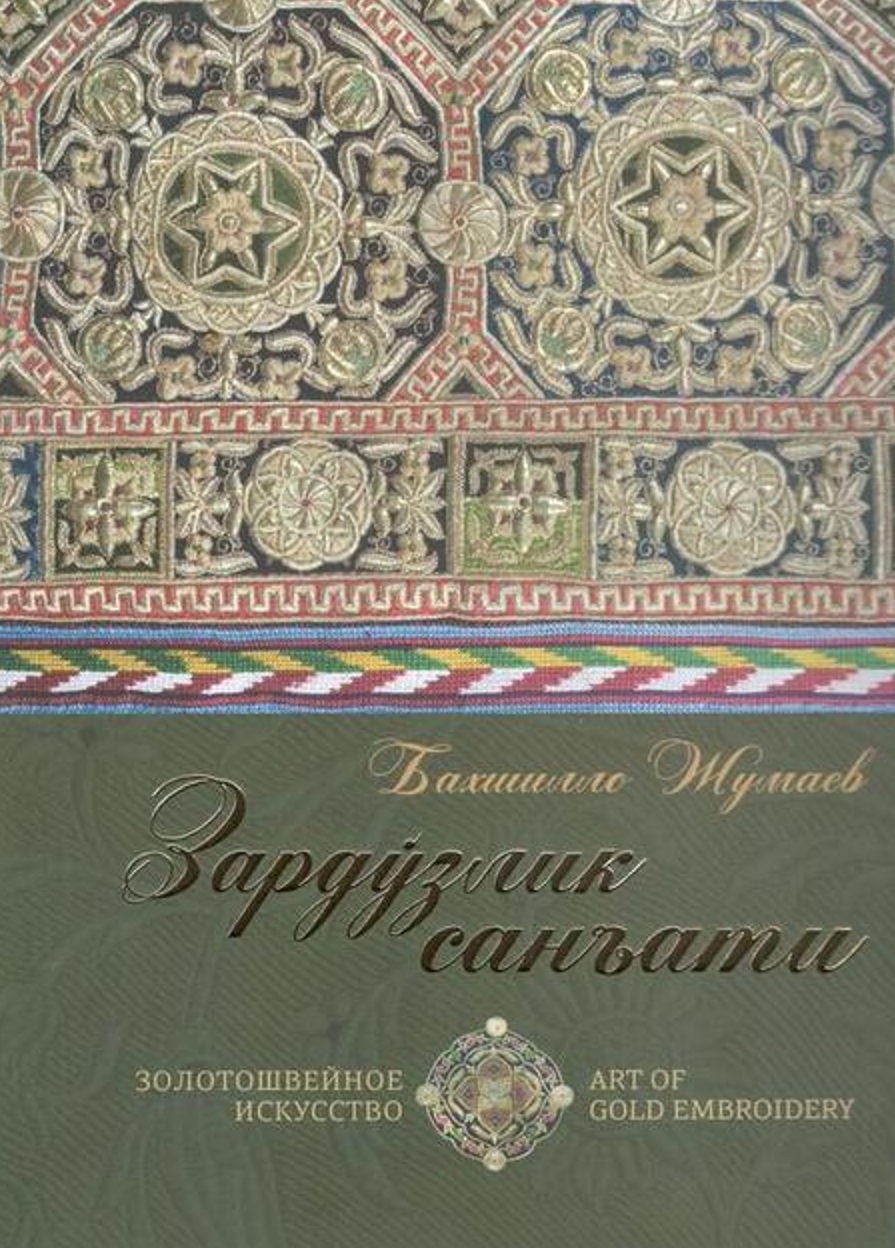
4 Comments
Nancy B · 27. October 2025 at 18:42
Thank you so much for this review. The volumes sound stupendous, and I wish my German was up to the challenge (it’s really not). I must apologise, however, for my fellow historians. Why they didn’t seem to consult with modern embroiderers working in the field — since there is SO MUCH scholarship available at the moment — is a mystery to me. But I can imagine a very worthwhile and interesting exchange of letters in your future!
Dr Jessica Grimm · 27. October 2025 at 19:20
You are very welcome, Nancy! Disciplines are still so very compartmentalised here in Germany. But, I will keep patiently knocking on doors :).
Victoria Wood · 27. October 2025 at 18:56
Jessica, I asked them how much their German logistics company would charge to ship to the USA and was told CHF 119. So the total cost would be CHF 594. Today that is $746. (Note to self – start NOW with the peanut butter and jelly sandwiches!)
Any chance that you would translate a few of the catalogue entries (over time!) that you feel would be most beneficial for your students of medieval embroidery? Especially if translation apps are so deficient.
I hope you continue to review these volumes as they apply to the specific works you are lecturing about in the Medieval Study Group.
Dr Jessica Grimm · 27. October 2025 at 19:22
Ai, that’s a lot extra for the shipping. I can see why: they are heavy! Hmm, you have got me thinking about asking the other German speakers in the group to help me do that. Mind you, I have to re-read some of the sentences as they are so long and just keep and keep going on :).